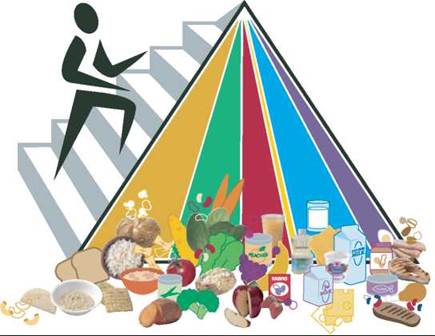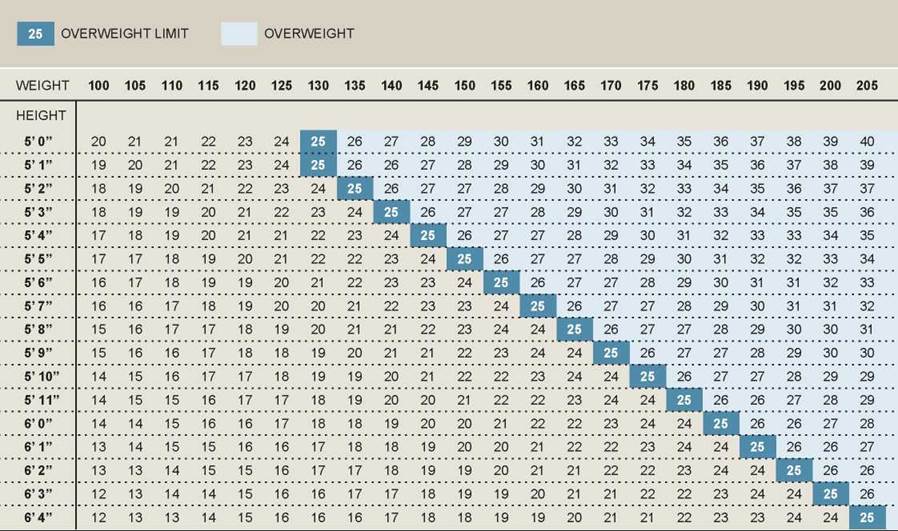THE LIVING WORLD
Unit Six. Animal Life
25. The Path of Food Through the Animal Body

There are no photosynthetic animals. Animals are heterotrophs, gaining the energy to power their lives by consuming and oxidizing organic molecules present in other organisms. All animals must continuously consume plant material or other animals in order to live. The grass in this prairie dog’s mouth will be consumed and converted within its cells to body tissue, energy, and refuse. Most of the molecules in the grass are far too large to be conveniently absorbed by the prairie dog’s cells, and so they are first broken down into smaller pieces: Carbohydrates are broken down into simple sugars, proteins into amino acids, fats into fatty acids. This process, called digestion, is the focus of this chapter. The prairie dog’s digestive system is a long tube passing from mouth to anus, with specialized segments for digestion and for the subsequent absorption into its body of the resulting sugars, amino acids, and fatty acids. Whatever is left is excreted from the body as feces. Recently, researchers have found a sea slug that appears to take up chloroplasts from the algae it eats—might these sea slugs be capable of photosynthesis? No prairie dog, or any other vertebrate animal, has the benefit of this option. In this chapter you will follow the path of food as it moves through the vertebrate body. As you will see, it is a surprisingly interesting journey.
25.1. Food for Energy and Growth
The food animals eat provides both a source of energy and essential molecules such as certain amino acids and fats that the animal body is not able to manufacture for itself. An optimal diet contains more carbohydrates than fats and also a significant amount of protein, as recommended by the federal government’s “pyramid of nutrition” in figure 25.1. The pyramid is intended as a general guideline of what a person should eat. A healthy diet should include more of the foods indicated by the larger sections—for example, the gold section indicates grains and cereals with an emphasis on whole grains. Fats (the yellow section) are recommended in much smaller amounts because they have a far greater number of energy-rich carbon-hydrogen bonds and thus a much higher energy content per gram than carbohydrates or proteins. Carbohydrates and proteins contain more carbon-oxygen bonds that are already oxidized. For this reason, fats are a very efficient way to store energy. When food is consumed, it is either metabolized by cells of the body, or it is converted into fat and stored in fat cells.

Figure 25.1. The pyramid of nutrition.
The width of each section indicates how much you should consume of that food group. The gold section is grains, green is vegetables, red is fruits, yellow is fats, aqua is dairy, and purple is meats and beans. However, one size does not fit all; go to www.mypyramid.gov to customize the food pyramid that is right for you.
Carbohydrates are obtained primarily from cereals, grains, breads, fruits, and vegetables. On the average, carbohydrates contain 4.1 calories per gram; fats, by comparison, contain 9.3 calories per gram, over twice as much. Dietary fats are obtained from oils, margarine, and butter and are abundant in fried foods, meats, and processed snack foods, such as potato chips and crackers. Like carbohydrates, proteins have 4.1 calories per gram and can be obtained from many foods, including dairy products, poultry, fish, meat, and grains.
The body uses carbohydrates for energy and fats to construct cell membranes and other cell structures, to insulate nervous tissue, and to provide energy. Fat-soluble vitamins that are essential for proper health are also absorbed with fats. Proteins are used for energy and as building materials for cell structures, enzymes, hemoglobin, hormones, and muscle and bone tissue.
In wealthy countries, such as those of North America and Europe, being significantly overweight is common, the result of habitual overeating and high-fat diets, in which fats constitute over 35% of the total caloric intake. The international standard measure of appropriate body weight is the body mass index (BMI), estimated as your body weight in kilograms, divided by your height in meters squared. A BMI chart is presented in figure 25.2. To determine your BMI, find your height in the left hand column (in feet and inches) and trace it across to the column with your weight in pounds. A BMI value of 25 (dark blue boxes) and above is considered overweight and 30 or over is considered obese. In the United States, the National Institutes of Health estimated in 2004 that 66% of adults, 133.6 million Americans, were overweight, with a body mass index of 25 or more. Of those individuals, 63.6 million were considered obese with a body mass index of 30 or greater. Being overweight is highly correlated with coronary heart disease, diabetes, and many other disorders. However, starving yourself is also not the answer. A BMI of less than 18.5 is also unhealthy, often resulting from eating disorders including anorexia nervosa.

Figure 25.2. Are you overweight?
This chart presents the body mass index (BMI) values used by federal health authorities to determine who is overweight. Your body mass index is at the intersection of your height and weight.
Even an animal that is completely at rest requires energy to support its metabolism. This minimum rate of energy consumption, called the basal metabolic rate (BMR), is relatively constant for a given individual. Exercise raises the metabolic rate above the basal levels, so the amount of energy the body requires per day is determined not only by the BMR but also by the level of physical activity. Therefore, energy requirements can be altered by the choice of diet (caloric intake) and the amount of energy expended in exercise.
One essential characteristic of food is its fiber content. Fiber is the part of plant food that cannot be digested by humans and is found in fruits, vegetables, and grains. Other animals, however, have evolved many different ways to process food that has a relatively high fiber content. Diets that are low in fiber, now common in the United States, result in a slower passage of food through the colon. This low dietary fiber content is thought to be associated with incidences of colon cancer in the United States, which are among the highest levels in the world.
Essential Substances for Growth
Over the course of their evolution, many animals have lost the ability to manufacture certain substances they need, substances that often play critical roles in their metabolism. Mosquitoes and many other blood-sucking insects, for example, cannot manufacture cholesterol, but they obtain it in their diet because human blood is rich in cholesterol. Many vertebrates are unable to manufacture one or more of the 20 amino acids used to make proteins. Humans are unable to synthesize eight amino acids: lysine, tryptophan, threonine, methionine, phenylalanine, leucine, isoleucine, and valine. These amino acids, called essential amino acids, must therefore be obtained from proteins in the food we eat. For this reason, it is important to eat so- called complete proteins—that is, ones containing all the essential amino acids. In addition, all vertebrates have also lost the ability to synthesize certain polyunsaturated fats that provide backbones for the many kinds of fats their bodies manufacture.
Trace Elements. In addition to supplying energy, food that is consumed must also supply the body with essential minerals such as calcium and phosphorus, as well as a wide variety of trace elements, which are minerals required in very small amounts. Among the trace elements are iodine (a component of thyroid hormone), cobalt (a component of vitamin B12), zinc and molybdenum (components of enzymes), manganese, and selenium. All of these, with the possible exception of selenium, are also essential for plant growth; animals obtain them directly from plants that they eat or indirectly from animals that have eaten plants.
Vitamins. Essential organic substances that are used in trace amounts are called vitamins. Humans require at least 13 different vitamins. Many vitamins are required cofactors for cellular enzymes. Humans, monkeys, and guinea pigs, for example, have lost the ability to synthesize ascorbic acid (vitamin C) and will develop the potentially fatal disease called scurvy—characterized by weakness, spongy gums, and bleeding of the skin and mucous membranes—if vitamin C is not supplied in their diets.
Key Learning Outcome 25.1. Food is an essential source of calories. It is important to maintain a proper balance of carbohydrate, protein, and fat. Individuals with a body mass index of 25 or more are considered overweight. Food also provides key amino acids that the body cannot manufacture for itself, as well as necessary trace elements and vitamins.